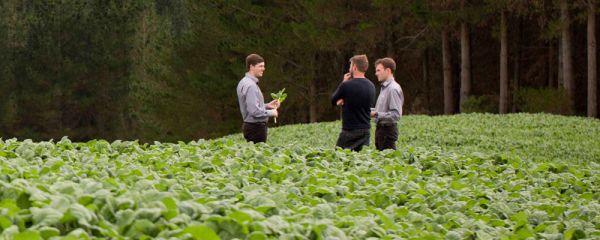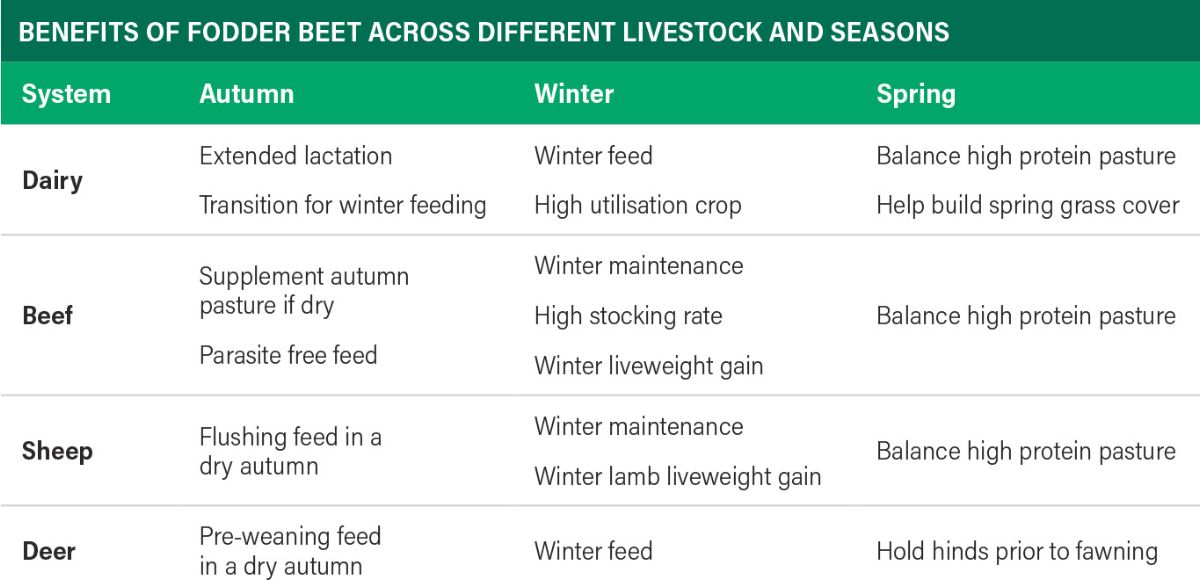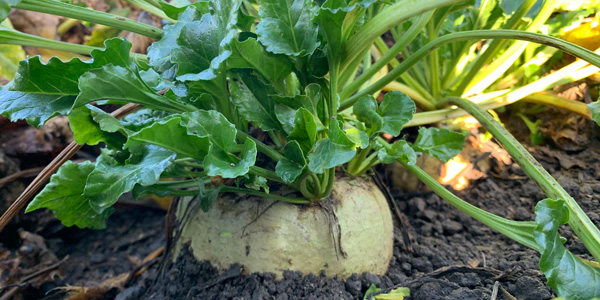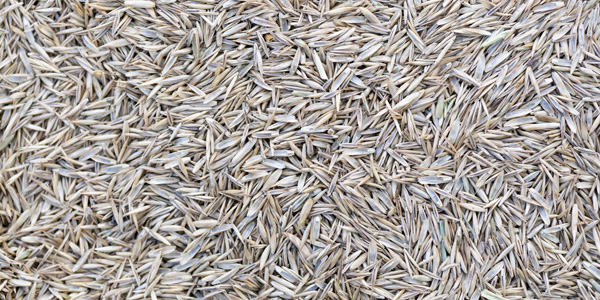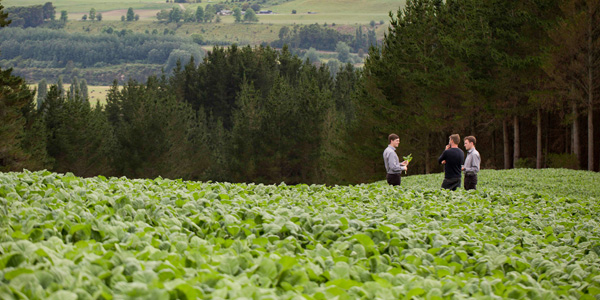
Fodder Beet Management
Fodder Beet Management
Fodder Beet in Livestock Systems
Fodder beet forage systems provide a flexible, high quality feed option which have the potential to deliver high yields in autumn, winter and early spring with inherently high rates of utilisation by livestock. Many different livestock systems can benefit from the inclusion of fodder beet (see table below). Successful farm system outcomes from grazing fodder beet rely on appropriate grazing management, which minimises the risk of animal health and production issues. This includes a suitable diet plan and a well planned and executed transition phase with appropriate choices around supplement use.
TYPES OF FODDER BEET AND LIVEWEIGHT SYSTEMS
When choosing a fodder beet variety, it is important to select one that best meets your feed requirements. Bulb drymatter percentage (DM %) is one of the primary differentiating characteristics between varieties when grouped and grown in a common environment. The table below highlights some of the typical bulb DM % ranges of varieties Agricom currently has available in New Zealand.
Low Bulb DM% Fodder Beet
Fodder beet with low bulb DM % tend to grow more out of the ground (50% of bulb above ground), making them easy to feed in-situ (grazed in the paddock). This type is suitable for all stock classes, though careful yield estimation is important as eye estimates will naturally be drawn to the large bulbs and the total drymatter yield can be deceptive.
Medium and High Bulb DM% Fodder Beet
Medium and high bulb DM % fodder beet often have a higher yield potential and have bulbs that sit lower in the ground than lower DM types. These are suitable for grazing in-situ and some are able to be mechanically lifted depending on variety and sowing rate used.
Lifting Varieties and Sugar Beet
Varieties suitable for mechanical lifting generally have a low and uniform soil tare (the amount of soil attached to the bulb root once lifted). Sowing rate can be increased and used to manipulate the uniformity and bulb characteristics.
Sugar Beet
Sugar beet has high bulb DM % (often above 20%), with a very low soil tare. Sugar beet usually needs to be mechanically lifted and ideally chopped or chipped prior to feeding to animals.
UNDERSTANDING VARIATION IN DRYMATTER PERCENTAGES
Across New Zealand and even within regions, large variations in bulb drymatter percentages are often observed. Understanding why these occur and in turn ensuring accurate measurement should be a priority.

Our Fodder Beet range
VIEW PRODUCTS